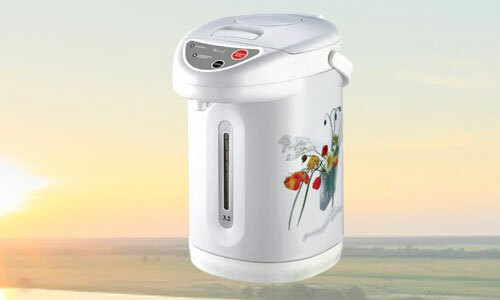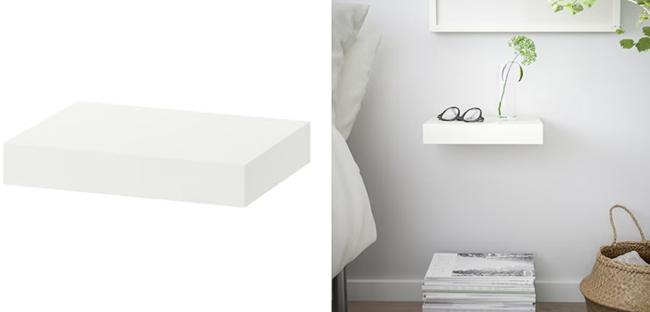There were thermo-potholes in the household appliance market relatively recently. Such devices are a kind of electric kettle, but with great functionality. This very functionality, is that the thermopot not only boils water, like an ordinary teapot, but also keeps it hot for several hours. This technique performs simultaneously the functions of a kettle and a thermos, because it is often called as a "thermos kettle".

Thermocouple has some characteristics and functions that affect the quality of its operation and the service life. In this article, we'll show you how to choose a thermo. Let's talk about its device, features, functions and components.
Thermopotter and its operation principle
The thermocouple is a cylindrical body, inside of which there is a water tank and a heating element. In some models, there is also a stand that activates the heating element. If this stand does not, then this same stand has one body with the body.
The principle of operation of this device is quite simple. When you turn on the heatpipe, the heating element starts working. As a result, the water boils. In principle, everything, like in an electric kettle. Only thermopots, unlike electric kettles, have one feature. They not only boil water, but also maintain its temperature. Those. In addition, they also perform thermos functions.

What material is used for the body and the bulb of the thermo-spike
The thermopot's body is made of:
- Plastic
- Metal
- Glass
The plastic is good because it is relatively inexpensive, it is not heated or deformed. Metal, unlike plastic is stronger, but it heats. Therefore, in such products, handles are very important. Best if they are plastic. Glass thermopots have the most attractive appearance.
In addition, glass is the most environmentally friendly material. However, it is very fragile. As you can see, the material from which the thermalpack body is made is of no fundamental importance. In this moment, you need to choose the device that you like best and which is in an acceptable price range for you.
Thermal bulb flasks are made of:
- Stainless steel
- Glass
The glass product is brittle but not scratch-prone. The stainless steel flask is vice versa. Strong enough, but quickly scratched. As for the allocation of chemicals to water, both of these materials are safe in this regard.
By the way, when choosing a flask, it is necessary to pay attention not only to the material from which it is made, but also to the volume. The larger the volume of the flask, the more amount of water you can heat up at a time.
Which heating element can be used in the
heatpipes? Two heaters can be used in the heatpots: one will heat the water, the other will maintain its temperature. In some models, one combined heater is used. It heats the water and maintains its temperature.
Heating elements in heatpipes are divided into:
- Open
- Closed

The second option is preferable in that in this case the scum will not accumulate on the heating element and the flask will be cleaned more easily. Becausein this you will not interfere with the "protruding" heating element, as in the case of open heaters in thermal posts.
What else can be equipped with a thermo-reel
Some heatpots are equipped with pumps. If they are available, you do not need to bring the device to a mug to pour water into it. Here you put a mug to the thermo-stick's neck, press the button, and the water will flow itself.
Pumps can be:
- Electric
- Mechanical
When using an electric pump, in order to fill the mug, just press the button once. If the pump is mechanical, then the button will have to be pressed several times. Some devices are equipped with both mechanical and electric pomp at the same time.
Some heatpipes are equipped with a water filter. This filter is designed for rough water treatment. And in the event that you are pouring already purified water into the thermo-pot, then it is pointless to choose a heatpot with the presence of a filter. In that case, you simply overpaid for nothing.
It is advisable to choose a thermocouple to give preference to models that are equipped with an overheating protection function. With this function, your equipment can last much longer. It will be good if you still use the protection function when turning on without water.



